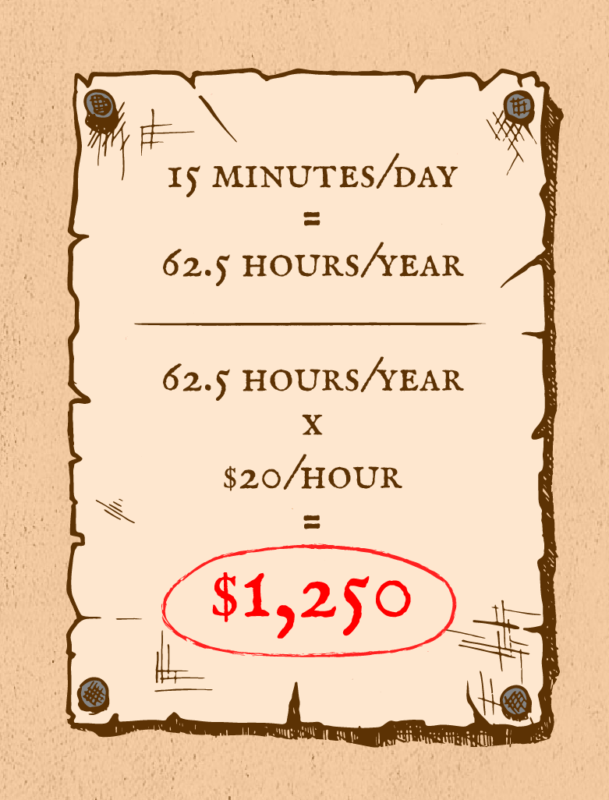Time Tracking: The Good, The Bad, and The Costly [Infographic]
Believe it or not, time tracking is still an issue in 2018. When we have the equivalent of supercomputers riding around in our pockets, it seems crazy that keeping track of hourly work is still a challenge for many businesses. Nevertheless, over a third of respondents to a recent survey said their organizations are still tracking hours on paper punch cards, physical timesheets, or in basic spreadsheets.
If you’re thinking something along the lines of, “If it works, why fix it?” we don’t want to upset you, but we have some news: It doesn’t work.
Here are some highlights from our infographic revealing the pitfalls of using outdated time-tracking methods—as well as the benefits of updating your system.
The Perils of Paper Records
Tracking time by hand is only a good thing if you fear change more than you love your organization. Paper cards and timesheets are cumbersome, tedious, perishable, and as if that wasn’t enough, they’re ripe for abuse by dishonest employees.
Fudging your arrival or departure time by a few minutes is at least a familiar concept for anyone who’s ever held an hourly job. And 16 percent of surveyed employees admit to clocking in or out on behalf of a coworker, with an average of 15 minutes added to that colleague’s daily attendance. Whether it’s fudging or “buddy punching” your colleague’s card, it has another name: time theft.

Spreadsheets allow you to leapfrog some time-consuming math, but they aren’t any better at keeping people honest—in fact, their vulnerability to changes after payroll processing means they can be even worse from a compliance perspective.
Separate Systems Aren’t the Solution
Using stand-alone software to track hours is an improvement over cards and spreadsheets, but getting that information approved and submitted for payroll still leaves opportunities for errors that can result in fines and legal action. In fact, 40 percent of small businesses face an average of $845 each year in IRS penalties from mismanaged or inaccurate payroll.
Automate & Integrate
The good news, though, is that you can solve all of these problems (and others you’ll see in the infographic) by doing one simple thing: using integrated time-tracking software. And there are many more benefits that make integrated time tracking worthwhile. For example;
![]()
Time for a Change
Are you ready to put spreadsheets, separate systems, or paper punch cards behind you and your organization? We can help.
Take a tour of BambooHR Time Tracking
Not quite convinced? Download the full (free) infographic below for a more complete look at the issue:
Get caught up every month on all things HR. Don't worry, we promise we won't spam you.
Rob de Luca has written extensively on culture and best practices in the HR field, combining original research and input from HR experts with his own perspective as a manager, creative executive, and veteran of industries ranging from hospitality to consumer electronics. He believes culture is critical to organizational success and that HR holds the keys to defining the employee experience.









